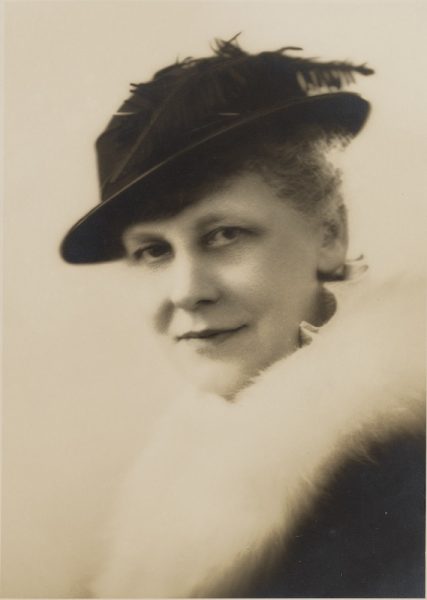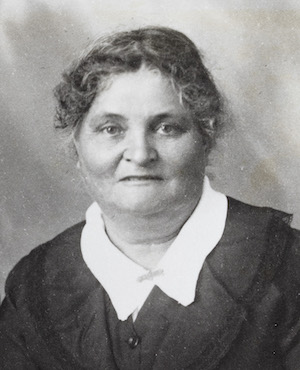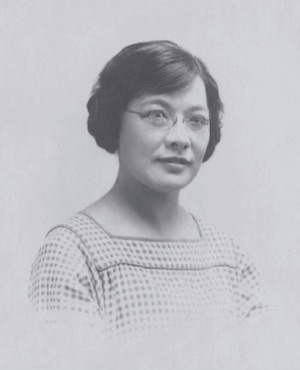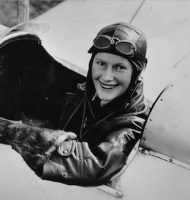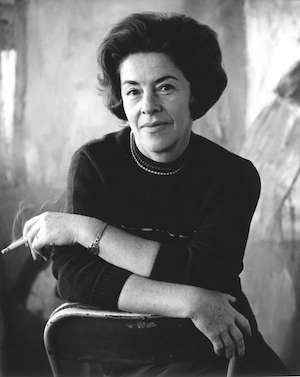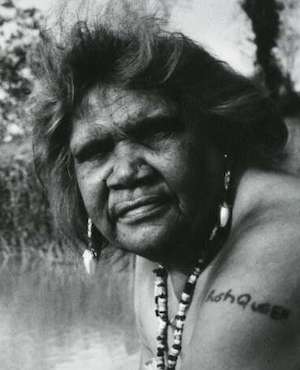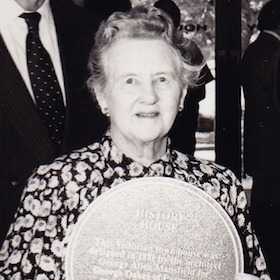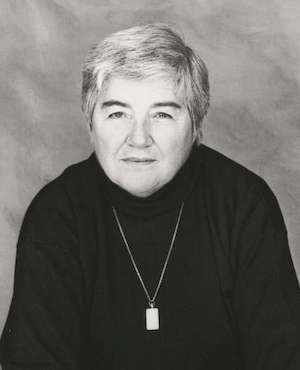Women’s History Month
The Royal Australian Historical Society celebrates Women’s History Month by highlighting Australian women that have contributed to our history in various and meaningful ways. We will be adding new content to this page during the month, so be sure to revisit to learn about women’s diverse contributions to Australia’s history.
Aboriginal and Torres Strait Islander people are advised that this webpage contains the images and names of people who have passed away.
Your Title Goes Here
1800s
Nineteenth-century Australia saw the move from a colonial society to one on the cusp of Federation. Women, especially First Nations women, operated on the fringes and in the background of that society, enduring much hardship to pave the way for generations to come.
1900s – 1910s
Australia became a federated nation on 1 January 1901. The first few years as a Commonwealth country ushered in a series of social and political changes, including white women being granted the right to vote and stand for election in 1902. When the First World War broke out in 1914, women on the home front had the chance to experience further freedoms as they took over roles once dominated by men – but it was a freedom tempered by the grief of the nation’s 60,000 wartime losses.
1920s – 1930s
The interwar years of the 1920s and 1930s were a time of dichotomy and change. Many of the freedoms women experienced on the home front during the war were reined in once the soldiers returned, but the ‘Roaring Twenties’ soon ushered in a period of even greater expression in society, politics, and the arts. It was a short-lived decade of prosperity, quickly brought to heel in the 1930s by the Great Depression, culminating in the outbreak of the Second World War.
1940s – 1950s
The Second World War saw to fruition the seeds of hope for women’s rights that had been planted years ago. Just as in the First World War, women on the home front filled new and groundbreaking roles for their gender, and they were more reluctant than ever to give them up once the conflict was over. The war also changed patterns of migration into Australia as refugees from Eastern Europe sought new shores to make their fortune. Technology advanced side-by-side with social change and the mid-twentieth century became almost unrecognisable from the country that had emerged from the nineteenth.
1960s – 1970s
The 1960s and 1970s were decades of significant change and activism that saw strides for greater rights and freedoms for Australia’s First Nations peoples. Aboriginal and Torres Strait Islander women became figureheads of not only political movements but in the arts as well as authors and artists. Opportunities for women across the board came much closer to grasp than ever before.
1980s – 1990s
Activism continued into the 1980s and 1990s. First Nations voices were amplified alongside those within the LGBT+ community, steadily moving the country towards a more modern era in all aspects of life – politics, science, arts and culture. By the end of the nineties, almost one hundred years had passed since Federation. Nowhere was change more evident than in the lives of its women and other marginalised groups. Two more decades of great change were to come.





